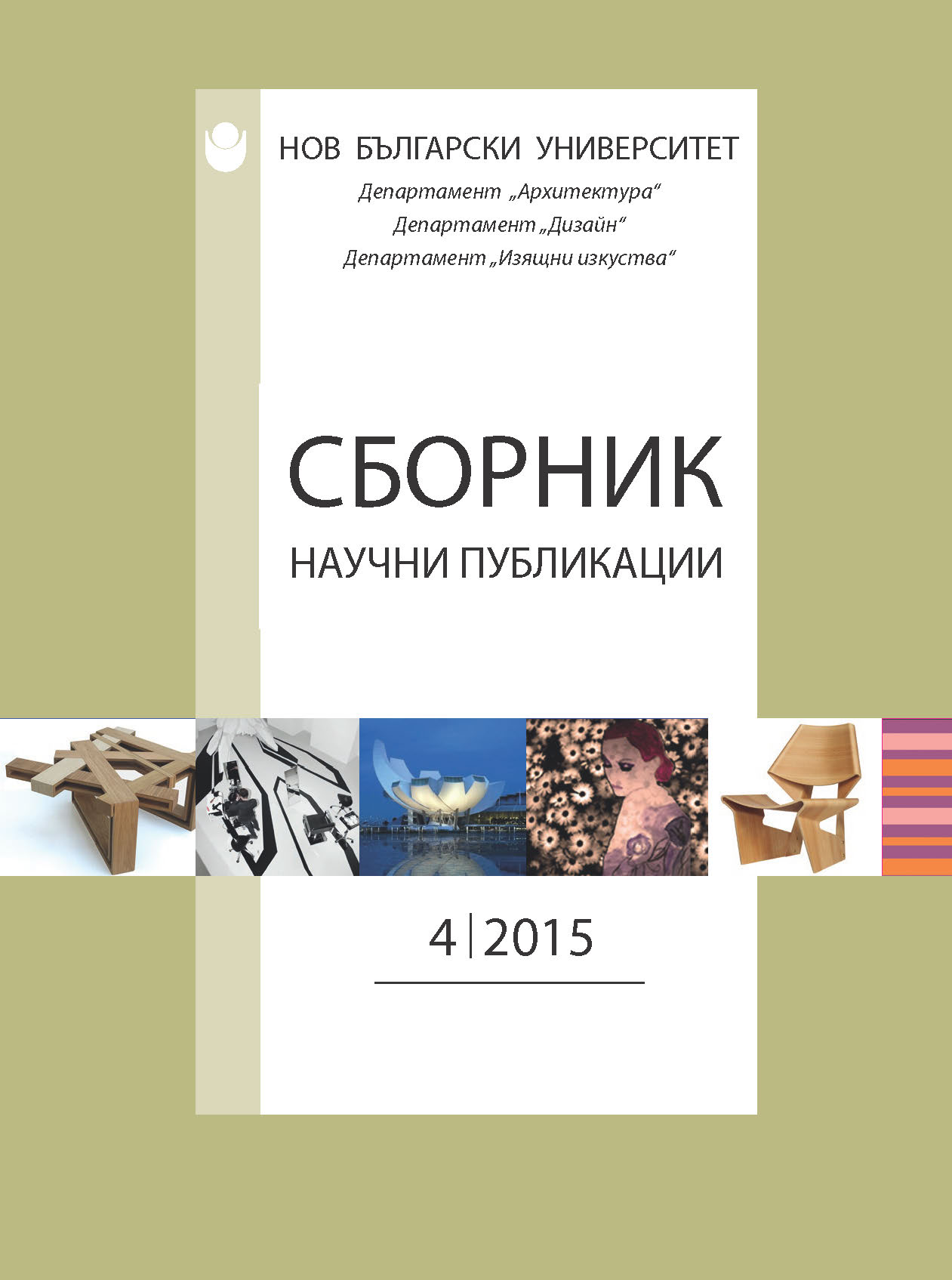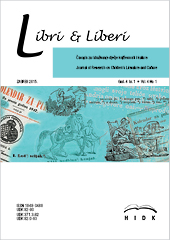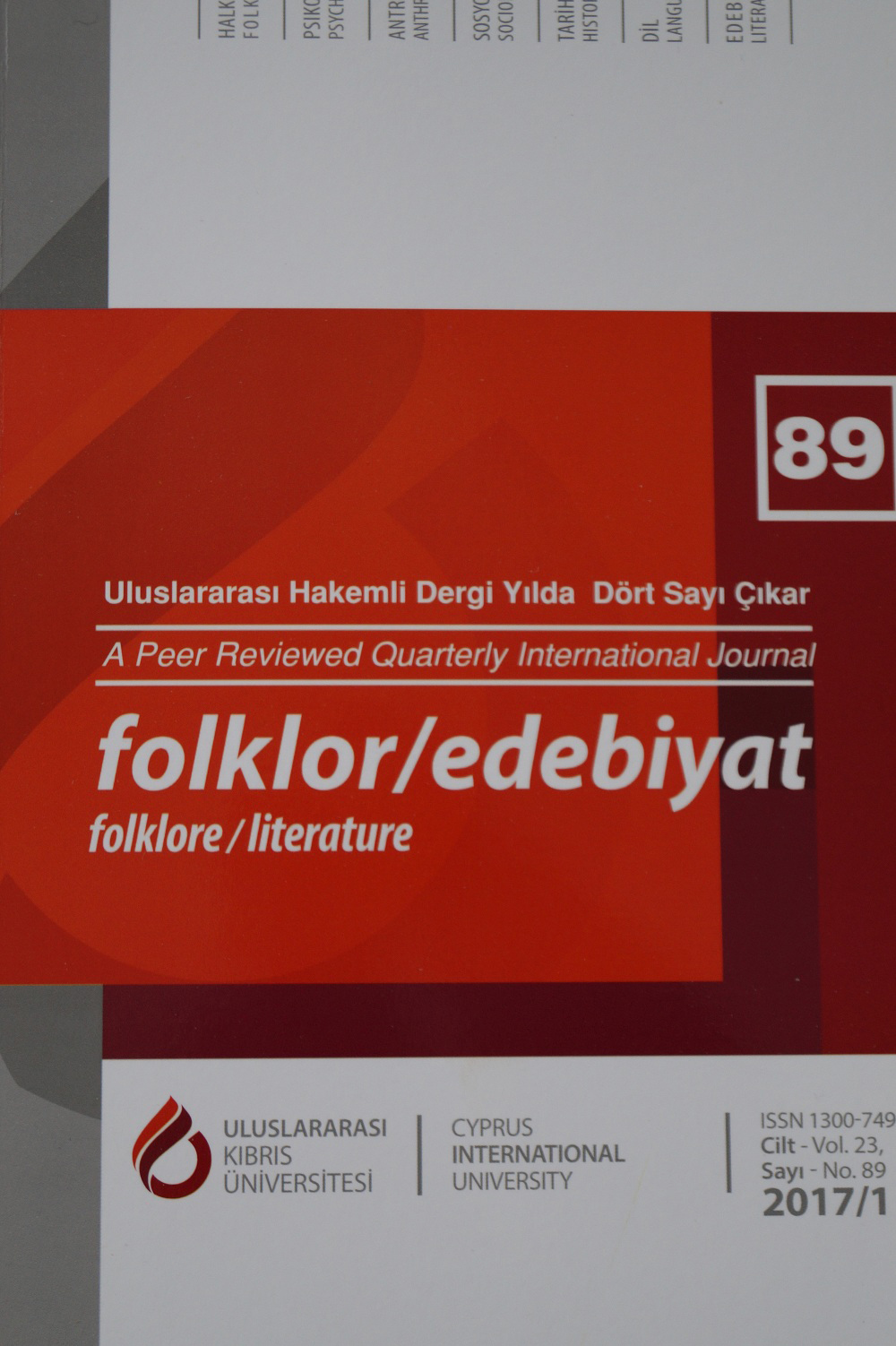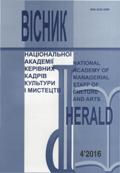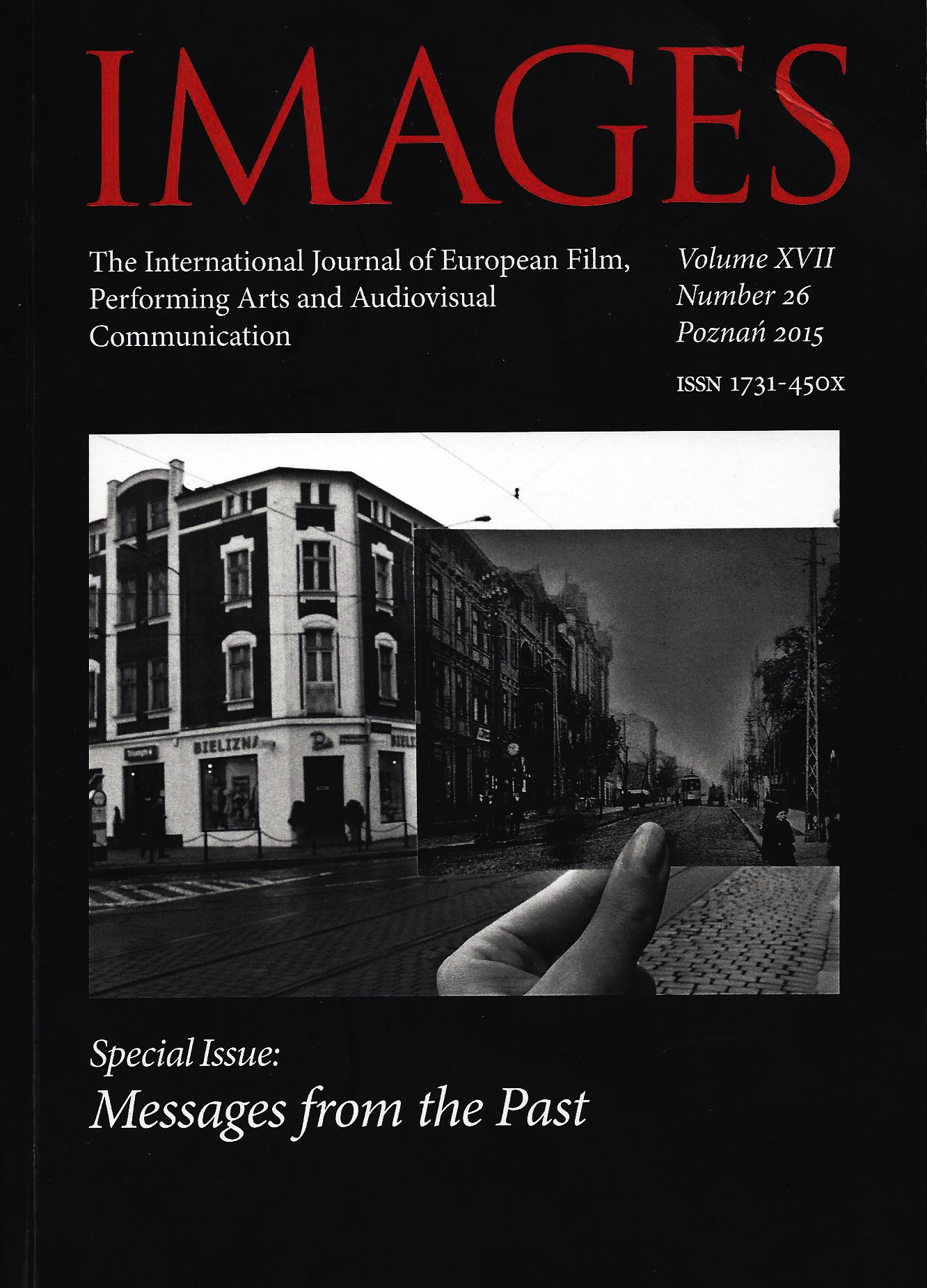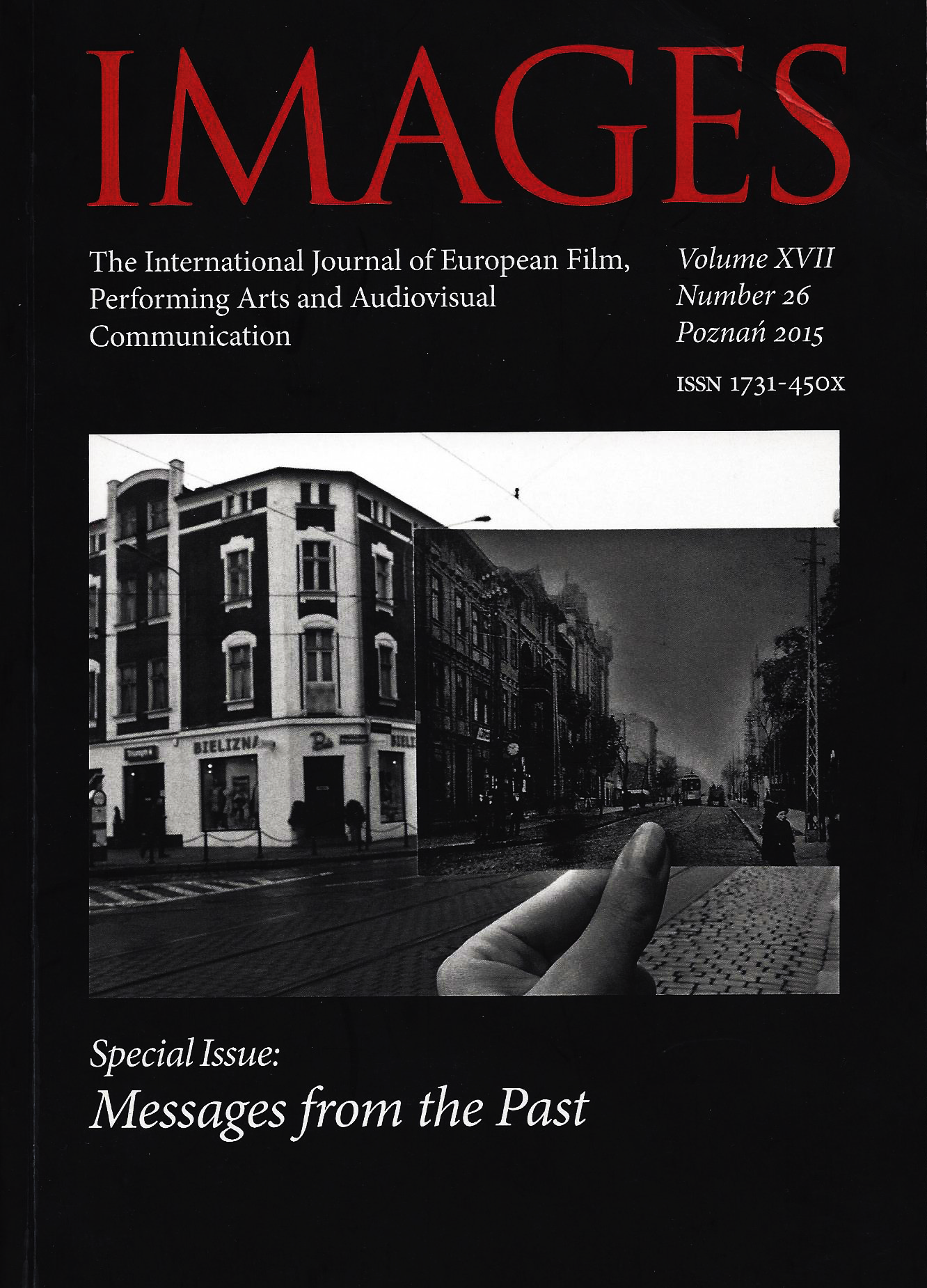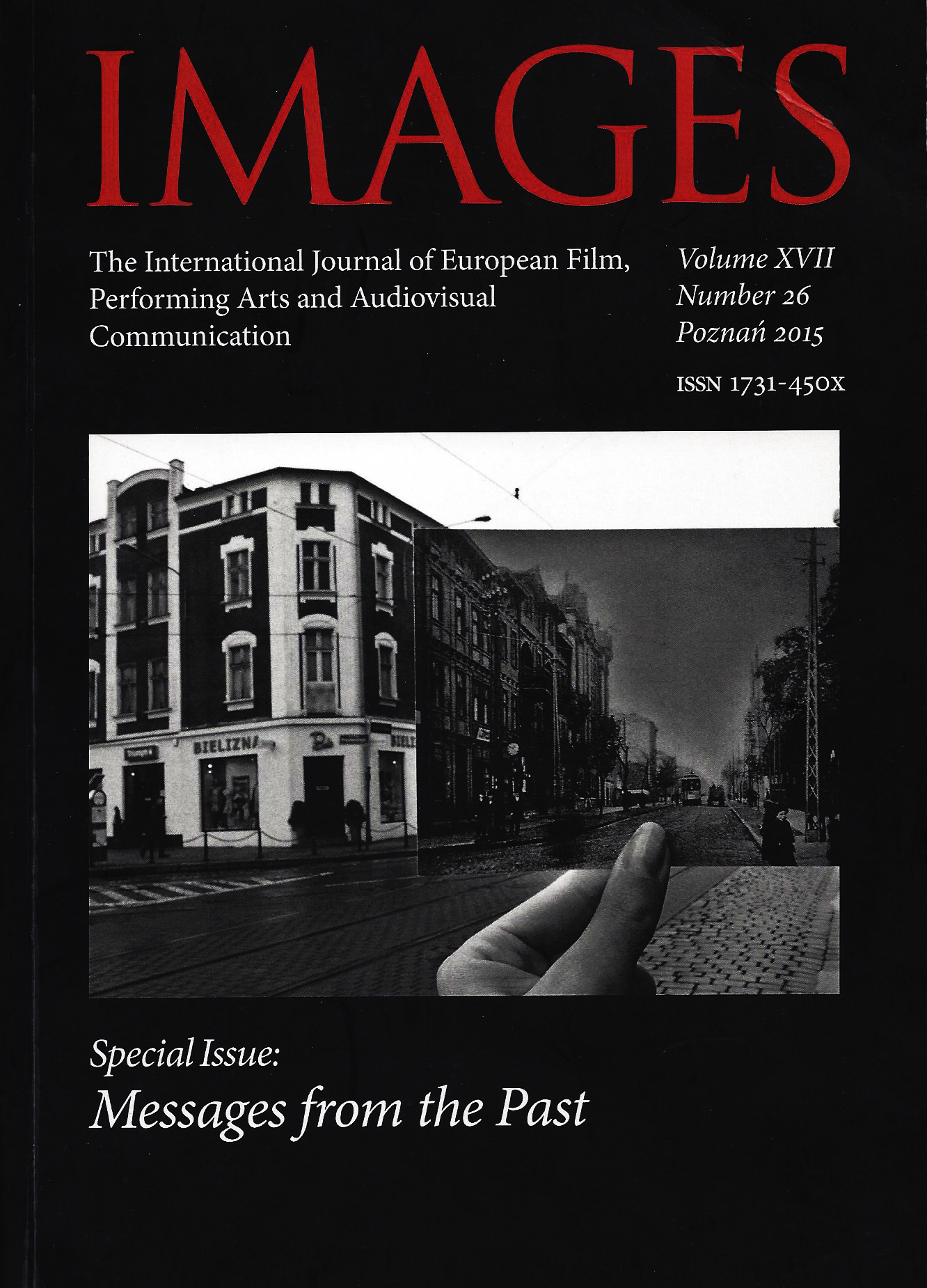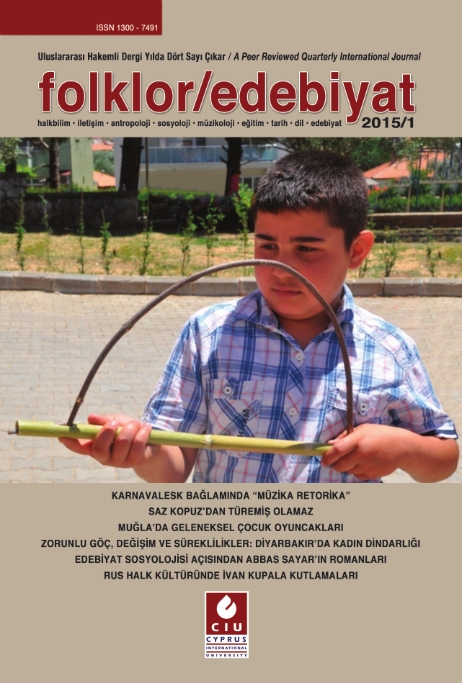Author(s): Aykut B. Çerezcioğlu / Language(s): Turkish
Issue: 81/2015
Concepts that were propounded by the Russian contemplator Mikhael Bakhtin based on his literature reviews, such as dialogue, dialogy and carnivalesque are also used in studies on popular culture. According to Bakhthin, at the carnival, a public culture which is positioned as an opposition to the official culture, carries the laughter, the collective life rhythms of the nature and the resistance and functions of the body to language and literature. Carnival square is a public conscience which reveals itself as a ridicule to every kind of official position and seriousness, overturning all hierarchies, celebration of all kinds of violations of conduct codes by profanity, insults and vulgarity, and all extremes of physical appetite. Bakhtin explains that all “semi serious-semi humorous genres” are associated with carnivalesque folklore. All of them are loaded with a sense of carnival which is more or less specific to the world. “Semi serious-semi humorous genres” are associated with carnivalesque folklore. All of them are loaded with a sense of carnival which is more or less specific to the world and some of them are direct literary variations of direct verbal carnivalesque-folk genres. The rhetorical elements are found in all half serious - half humorous genres and has a heterophonic nature; a multi pitched narration and intertwined genres and styles are frequently seen. Musician Karahan Kadırman, in his performances entitled “Muzika-Retorika”, uses a style which he establishes a dialogue with the audience. Kadırman defines Müzika-Retorika as a genre in which individuals discuss “similarities and differences, the society that freezes these similarities and differences, politics which legalize and sometimes shatter these similarities and differences, the psychology and the ethics that fluctuate within these similarities and differences” and the musician performs with multi instruments on the “field” sounds that were recorded during these discussions. According to Kadırman, “to form a multi-genred association as a protest against popular and customary within the urban music culture, by means of ortaoyunu (a eulogy show in ottoman culture and entertainment life), cabarets, musicals, performance arts, minstrel traditions and other art disciplines, encouraging to speak on what cannot be spoken and criticizing the authoritarian structure is important”. The aim of this study is to analyze Musical Rhetoric within the contexts of Carnival and dialogue.
More...
